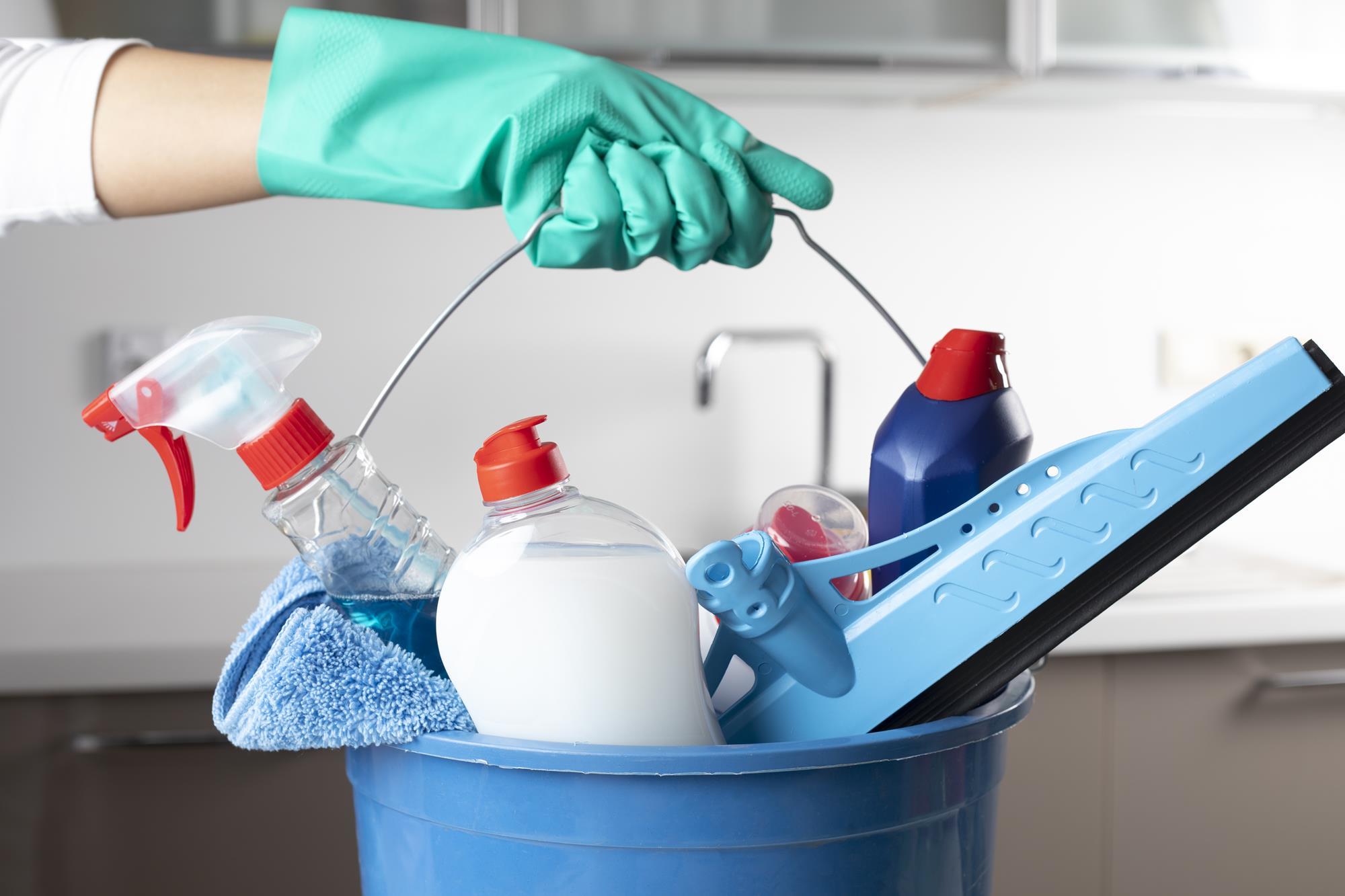
Highly Toxic Elements Released By Car Interiors
This may be surprising, but the air inside all cars is polluted. This is mostly because of the presence of harmful fire retardants, which are further responsible for cancer. Various studies have often shown that flame retardants lead to various health concerns like hormone disruption, neurological errors, and cancer-related death. This blog aims to help you learn about the different cancer-causing elements released in car interiors and how to get rid of them.
What are flame retardants?
Flame retardants refer to chemicals and substances in materials that help to reduce flammability, thereby reducing the risk of fire from spreading. Fire retardants are mostly used in cars for different components like carpets, insulation, electronic components, and upholstery. The main purpose of these flame retardants is to improve fire safety.
Flame retardants in car interiors are installed only after they pass safety standards and regulations. This plays an important role in avoiding the risk of flame and heat. The use of flame retardants helps to suppress combustion or delay ignition, thereby allowing the time to evacuate safely in case the car catches fire, thereby avoiding the risk of fatalities and injuries.
How do car interiors release cancer-causing elements?
Studies show that the cancer-causing elements released in car interiors or found in commercial cleaning products are due to the presence of TCIPP in dashboards and seat covers. In case a fire breaks out, the temperature of the car interiors increases, thereby leading to the release of these elements. Higher temperature exposure will likely increase the exposure due to this.
Chemicals inside cars
A study published in the Environmental Science & Technology journal tested different models of cars from 2015 or newer. Most of the vehicles tested showed that the air inside the cabins was polluted with flame retardants.
Around 101 US citizens were encouraged to take part in the study. They had to hang a silicone passive sampler around their rearview mirror for seven days. This sampler measured different pollutants found in the air, such as organophosphate and brominated flame retardants.
The silicone passive samplers often detected the presence of Organophosphate esters from car cabins. Car components have a lot of plastic components, which are supposed to be one of the significant sources of OPEs. Some familiar sources within the car responsible for releasing OPE include seats, interior roof lining, dashboards and electronics found inside the car.
If the number of plastic components in car interiors increases, people will be exposed to more chemicals, especially the ones obtained from car interiors. Car interiors are usually smaller than the interior spaces of residential and commercial buildings. Therefore, the concentration of chemicals inside the car is high, increasing the risk of pollution and diseases.
What carcinogens are found in cars?
According to a study published in the Environmental Science and Technology Journal, there are different types of carcinogens found in cars—tris(1-chloro-isopropyl) phosphate (TCIPP) is the most common one. Around 99% of cabin cars have TCIPP, with air measurements of 0.2 to 11,600 ng/g obtained in the sampler.
TCIPP is a type of chlorinated organophosphate flame retardant that is also used extensively in textiles, furniture, and building insulation. Recent research has detected that TCIPP is carcinogenic.
A recent epidemiology and toxicology study reflected that TCIPP is neurotoxic when it has higher exposures. This leads to an increased risk of dangers in thyroid hormone regulation. TCIPP is also known to have a negative impact on the reproductive system as well.
During the summer and winter tests, it was found that the cars with a higher concentration of TCIPP in their foam also had a higher concentration of the same in the car cabin.
One epidemiological study shows that an average US child has lost around three to five IQ points on being exposed to flame retardants used in furniture and care. Another recent research showed that exposure to the highest levels of flame retardants in blood has a higher risk, around four times with respect to dying out of cancer, as compared to the ones with a lower risk.
Although there are no studies supporting the presence of chemicals in car vehicles and showcasing the benefits, there are definitely contrasting reports, too. The studies show that the flame retardants present in car seat foam generate smoke and toxic chemicals such as hydrogen cyanide and carbon monoxide.
The researchers suggest that proper measures should be taken to address fire safety technology, such as redesigning flame retardants. This would eventually play an important role in preventing the escape of toxic chemicals from time to time in cars in case of a fire breakout.
Polluted car interiors in summer
Some of the cars in the study were tested during two major seasons—summer and interior. The study showed that the interiors of the cars were mostly polluted during summer. Thus, the presence of fire retardants in the cabins tends to be four to five times higher.
Moreover, the other component, TCIPP, is around four times higher on average in car foam during winter. However, during summer, TCIPP concentration is slightly higher by nine times during summer months. Even if the temperature rises, the concentration for the release of TCIPP would increase, too.
How to reduce the risk?
Some of the key ways to prevent the risk of exposure to cancer-causing elements released by the car are as follows:
- Proper ventilation in your car is advisable. Keep the windows open if you’re in a parking lot or in traffic for a long time.
- Never smile in your car, as it is incredibly harmful.
- Use non-toxic commercial cleaning products to maintain the upholstery of your car and its surfaces.
- To prevent the circulation of harmful chemicals, replace the air filters regularly.
- Frequently clean the interiors of your car to remove dirt and debris, as they are more likely to contain carcinogens.
- Do not expose your vehicle to sunlight for a longer time, as it leads to an increased risk of harmful compound formation
- Always try to avoid your car from overheating by parking it in shaded areas and prevent pollution and chemical exposure.
You Can Read Also: Never Mix These Toxic Products. The Potential Deadly Cause They Have When Inhaled In Cleaning Products
Conclusion
Several studies have shown how cancer-causing elements are released due to the presence of TCIPP in car interiors. It is important to adopt the right practices to reduce the risk of exposure to such harmful elements. Taking preventive measures as much as possible is important in protecting your vehicle and overall health.
However, these practices should be adopted occasionally to mitigate chemical exposure risks. Thus, keep your car clean by choosing non-toxic chemical cleaners by Sparkle Freshness. The professional Janitorial cleaning services use safe and non-toxic products to keep your surroundings fresh and clean!
More Posts
How to Give a Fresh Look to a Place by U..
Office Cleaning: An Expense or an Invest..
The Rise of Sustainable Fashion: Trends ..
The Connection Between Your Mental Healt..
Highly Toxic Elements Released By Car In..
Never Mix These Toxic Products. The Pote..







